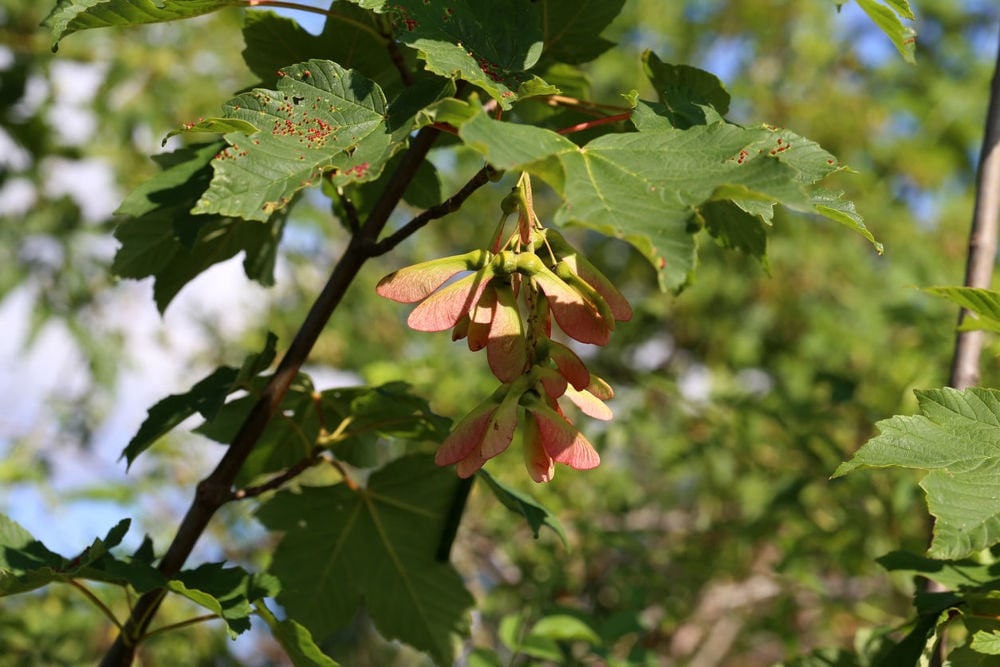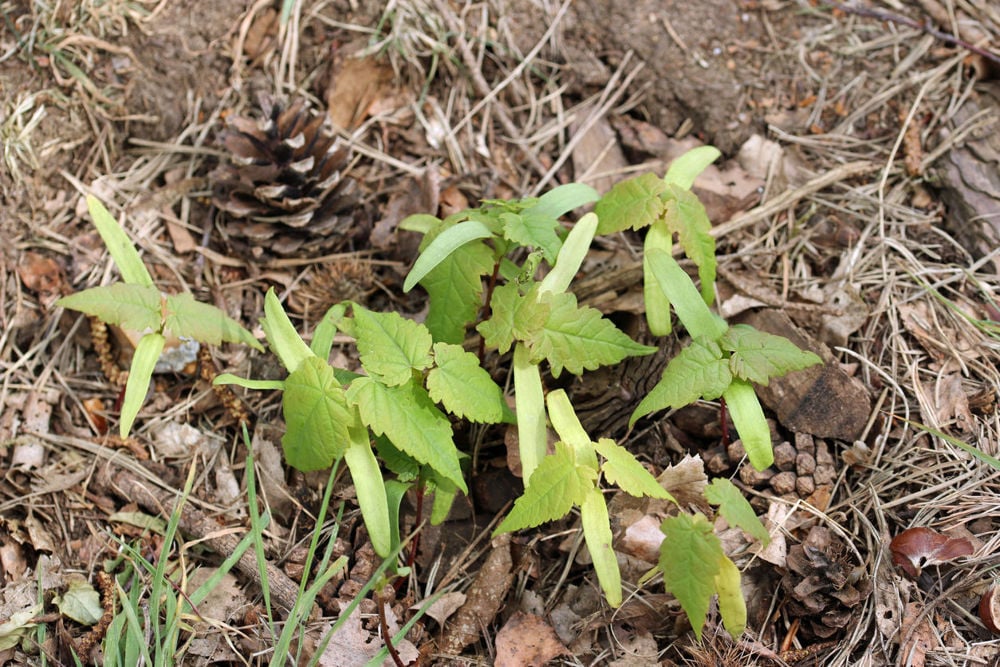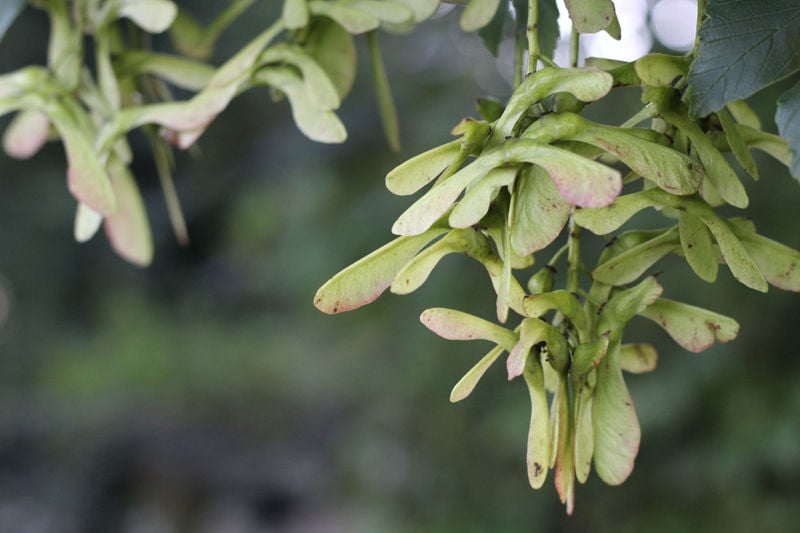Autumn is the main time when we hear warnings about atypical myopathy (AM) as it is a condition that is known to have a seasonal element to when cases occur. Many cases develop in autumn (75%) although spring (25%) is also a particularly high-risk period. The risk continues through winter although to a lesser degree and is considerably reduced in summer. It has also been shown that when there are a high number of cases in the autumn, more cases occur in the following spring. This pattern gives us an opportunity to be prepared for the spring if there were cases in the preceding autumn.
In medical and veterinary terms, atypical means unusual or not fitting to a single diagnostic category, and myopathy is the term used to describe degeneration of the muscle tissues causing them to become weak. Thus, the term atypical myopathy describes a condition where the muscles of the horse, pony or donkey degenerate or breakdown, causing the clinical signs of muscle weakness and reduced mobility, but with an unknown cause. Initially the disease was rare making identification of the cause difficult, however the number of cases seem to be increasing and the cause has now been identified as poisoning by some trees of the Acer species, specifically sycamore trees in Europe. Sycamore poisoning or sycamore myopathy may therefore be a more appropriate name for the condition, although currently the two names are used interchangeably.
Regardless of the name used, the disease is extremely destructive, being fatal in approximately three quarters of affected equids. With such a high mortality rate, knowing the cause, how to reduce exposure to the cause, and the clinical signs of the disease to ensure early veterinary intervention are paramount.
Cause of sycamore myopathy
Sycamore myopathy is caused by horses consuming the seeds (Figure 1), seedlings (Figure 2) and leaves of the sycamore tree (Acer pseudoplatanus) in the UK and European countries, or the box elder tree (Acer negundo) in America. The seeds of the sycamore tree are easily recognisable as the helicopter seeds which fall from trees in autumn and winter. It is often windy at this time of the year which facilitates dispersal of the seeds from the tree, and causes the clusters of cases seen after strong winds. The increase in sycamore myopathy in spring is thought to be associated with germination of fallen seeds and the growth of seedlings.

Figure 1. Distinctive leaves and seeds of the sycamore tree (Acer pseudoplatanus)

Figure 2. Seedlings of the sycamore tree (Acer pseudoplatanus) that contain the greatest concentration of HGA toxin
The leaves, seeds and seedlings of the sycamore tree contain toxins, with the toxin hypoglycin A (HGA) having been identified to cause the clinical changes associated with sycamore myopathy. Sycamore seedlings are known to contain greater quantities of HGA compared to sycamore seeds and leaves,, so although there may be fewer seedlings growing in spring compared to the number of seeds on the ground in autumn, consumption of fewer seedling maybe needed to cause toxicity. Consumption of sycamore seeds, seedlings or leaves whilst grazing is the usual route of intoxication, although a few cases have been reported in horses that were stabled for up to 4 days before clinical signs were displayed. Such cases indicate that there is a lag phase between ingestion of the toxin and display of clinical symptoms, which is useful to know if horses start to show symptoms of muscle weakness within a few days of being kept off pasture.
Clinical symptoms of sycamore myopathy
The HGA toxin disrupts metabolism within the muscle cells of skeletal and cardiac muscles leading to clinical signs of the condition. Variations in how the condition presents likely reflect differences in individual horse susceptibility as some horses seem less affected by the toxin then others.. The most common clinical signs are:
- General weakness – may struggle walk, stand and breath
- Stiffness in movement
- Increased or prolonged laying down
- Depression
- Lowered head which can develop oedema due to prolonged lowered position
- Muscle tremors
- Sweating
- Increased heart and respiratory rate
- Abnormal heart rhythm may develop in some but not others
- Colic
- Appetite changes – some may refuse to eat whilst others are ravenous
- Pain and discomfort when urinating
- Dark coloured urine
Horses able to remain standing, who continue eating, defecating, and urinating, and who have a lower resting heart rate throughout treatment have an increased survival rate.
There is no specific treatment for sycamore myopathy as present as there is no antidote to the toxin, meaning that veterinary intervention focuses on treatment of the clinical signs presented.
Risk factors
Cases of AM/sycamore myopathy within Europe and the UK are monitored through a network of equine veterinarians. This network of information combined with a number of studies documenting the different conditions and situations in which sycamore myopathy cases have occurred, enables the most common risks factor for sycamore myopathy to be identified. These common risk factors are outlined below:
- Autumn is the most ‘at risk’ time although the risk continues through winter and then increases again in spring.
- More than 6 hours daily pasture access, with 24 hours grazing access posing the greatest risk.
- Grazing pastures – sparse pastures are thought to increase the risk as they encourage ingestion of non-grass plants.
- Sycamore trees within or near the field.
- Accumulation of dead leaves on the pasture.
- Previous cases of sycamore myopathy on the premises/pasture as this shows there is access to sycamore seeds, seedlings or leaves, although it should be highlighted that 80% of cases occur in horses grazing pasture where there have been no cases of sycamore myopathy.
- Feeding forage on the ground in areas where seeds fall, and seedlings grow.
Reducing the risk
As there is no antidote for the HGA toxin that causes sycamore myopathy, any actions that can be taken to reduce the risk of toxin exposure are encouraged. Reducing the risk means counteracting each of the risk factors previously outlined, with the aim of reducing consumption of sycamore seeds, seedlings, and leaves.
- Ensure enough food is provided so animals do not go searching for alternative food sources. For healthy animals not affected by any metabolic or nutritional sensitives, this could be as simple as allowing them to graze pasture with greater grass coverage. In addition, feeding supplementary forage has been identified as a way of reducing the risk, likely due to reducing the amount of pasture, and potentially sycamore leaves, seeds and seedlings, consumed. This forage should be fed off the ground and away from sycamore trees to prevent accidental consumption of sycamore parts.
- The feeding of antioxidants and vitamins, particularly B vitamins, are thought to reduce the risk.
- Test trees on your premises for the presence of HGA. This testing is available from the Royal Veterinary College.
- Prevent access to sycamore leaves, seeds and seedlings by creating a low-risk pasture. Regular checking of pasture and neighbouring areas is recommended to enable early intervention and prevention of toxin consumption. If a single small sycamore tree is present in your pasture, fence around the tree leaving a good distance to reduce consumption of the toxin. It is also advised to collect seeds and destroy seedlings when you see them, however all of these actions are impractical when there are multiple trees. Research has shown that mowing and treating seedlings with pesticides does not destroy the toxins however, it does reduce seedling growth if performed early enough in the growing season, and although pesticides kill seedlings, they remain toxic for a number of weeks after treatment (González-Medina et al., 2019). Such treatments are also likely to be impractical where there are multiple sycamore trees therefore it is advised to remove horses from such pastures until the risk reduces.
- Limit the duration of grazing periods to less than 6 hours per day during high-risk periods. This again may not be practical depending on your premises facilities and your horse’s other management requirements, therefore reducing opportunities to ingest the toxin is preferred in such circumstances.
Summary
Sycamore myopathy is a condition that can affect any equine species of any age, although there is a prevalence for younger animals (6 years and under) to be more susceptible to the condition. Due to the lack of antidote for the HGA toxin and the high fatality rate, preventing ingestion of the toxin is preferable, although not very practical! Where possible avoid grazing horses on pasture containing sycamore trees or with trees nearby. If this is not an option, then implementing the ‘reducing the risk’ recommendations will help to minimise the chances of your horse ingesting sycamore leaves, seeds and seedlings and therefore reduce the risk of sycamore myopathy.


